minaSun safety is crucial throughout the year, not just the summer months, due to enduring threats like skin aging, eye damage, and the risk of skin cancer, the most prevalent form of cancer in the US. The use of sunscreen, endorsed for its effectiveness by the U.S. Food and Drug Administration (FDA), is a cornerstone in the battle against these harms, emphasizing the importance of SPF products for skin protection.
Understanding how to apply sunscreen correctly and choosing the right SPF can significantly enhance protection against UV rays' detrimental effects. This article delves into the science of sunscreen, offering practical advice for daily sun safety and how it can be adapted to suit various skin types and ages for optimum protection.

Understanding UV Rays and Their Effects on Skin
Understanding the harmful effects of UV radiation and the protective role of sunscreen is crucial for skin health. Factors such as pale skin, light-colored hair, and a family history of skin cancer significantly increase the risk of damage from UV rays. The American Academy of Dermatology emphasizes that the risks associated with unprotected sun exposure far outweigh potential concerns about SPF chemicals. Regular use of sunscreen, especially with higher SPF, can offer more comprehensive coverage against UVA and UVB rays, which are known for their immunosuppressive qualities and contribution to cancer and photoaging.
Risk Factors for UV Damage
-
Pale skin, blond, red, or light brown hair
-
History of skin cancer (personal or in family)
-
High exposure to UV rays without protection
Sunscreen Benefits
-
Protects against skin damage, sunburn, aging, and skin cancer
-
Higher SPF provides better coverage against UVA and UVB rays
-
FDA-regulated for safety, with ongoing reviews to ensure effectiveness
Understanding the skin's structure helps in appreciating how sunscreen works. The skin, comprising the epidermis and dermis, is the body's first line of defense. Melanin in the epidermis blocks UV penetration, with eumelanin being more effective than pheomelanin. The amount and type of melanin determine skin complexion and sensitivity to UV rays, influencing the risk of skin cancer. Sunscreen acts as an additional protective layer, minimizing the damage caused by UV radiation.
The Science of Sunscreen : How It Works
Understanding the intricacies of sunscreen is pivotal for effective sun protection. Sunscreens are not universally waterproof, emphasizing the importance of reapplication, especially after swimming or sweating. When selecting a sunscreen, key features to look for include:
Timing and Shade
-
Limit sun exposure between 10 a.m. and 2 p.m. when UV rays are strongest.
-
Seek shade under umbrellas, trees, or shelters, especially during peak sun hours.
Clothing and Accessories
-
Wear protective clothing such as long-sleeved shirts, pants, and wide-brimmed hats to cover exposed skin.
-
Sunglasses should have a UV400 rating or "100% UV protection" to shield eyes from harmful rays.
Sunscreen Application
-
Choose a broad-spectrum sunscreen with an SPF of 15 or higher. For outdoor activities, SPF 30 or higher is recommended.
-
Apply sunscreen 15 to 30 minutes before going outdoors, ensuring coverage on all exposed skin, including easily overlooked areas like the ears and back of the neck.
-
Reapply every two hours, or immediately after swimming or sweating, using at least one ounce (a shot glass full) to cover the body adequately.
Incorporating these practices into daily routines can significantly reduce the risk of skin damage and enhance overall sun protection.

Sun Protection for Different Skin Types and Ages
Sun protection is vital for everyone, but the approach varies based on age and skin type. Here's a straightforward guide to choosing the right sunscreen:
Babies and Children
-
Under 6 months: Use sunscreen on small areas if protective clothing and shade aren't available.
-
Over 6 months: Apply sunscreen to all body areas. Regular use is crucial, as studies show that sunscreen use before 18 can reduce skin cancer risks by 50 to 80%.
By Skin Type
-
Dry Skin : Opt for hydrating sunscreens like Kahi Aqua Balm or Isntree Hyaluronic Acid Watery Sun Gel.
-
Oily Skin : Choose non-greasy formulas such as Rovectin Aqua Soothing UV Protector.
-
Combination Skin : Look for products that balance moisture without causing breakouts, like Dr. Ceuracle Cica Regen Vegan Sun.
-
Sensitive Skin : Go for gentle, soothing options such as Thank You Farmer Safe Sun Fluid or Cosrx Aloe Soothing Sun Cream.
General Recommendations
-
SPF 15 is suitable for daily, incidental exposure.
-
For extended outdoor activities, SPF 30 or higher is necessary.
-
Regular daily use of SPF 15 sunscreen can significantly lower the risk of various skin cancers and prevent premature aging.
Choosing the correct SPF and product type ensures effective protection against harmful UV rays for all skin types and ages, supporting healthy skin throughout life.

Through the exploration of sunscreen's protective benefits against UV radiation's harmful effects, this article has underscored the critical role of informed sunscreen application and selection in maintaining skin health. It illuminated the science behind sunscreen, emphasizing the importance of broad-spectrum protection and suitable SPF levels tailored to various skin types and exposure scenarios. The practical guidance offered, from the timing of application to the choice between physical and chemical sunscreens, serves not only to educate but also to empower individuals in their daily sun safety regimen.
As we consider the broader implications of these discussions, it becomes evident that committing to effective sun protection strategies is an indispensable part of overall health and wellness. Not only does it substantially reduce the risk of skin cancer and combat photoaging, but it also champions a more conscious approach to lifestyle choices that prioritize long-term wellbeing. The adoption of these sun safety measures, coupled with ongoing research and education, stands as our collective responsibility in fostering a well-informed society equipped to face the challenges of UV exposure.


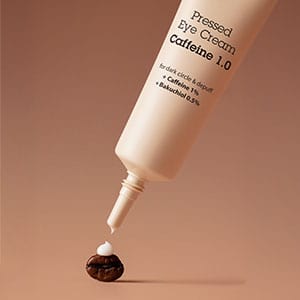
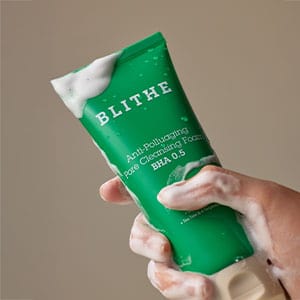
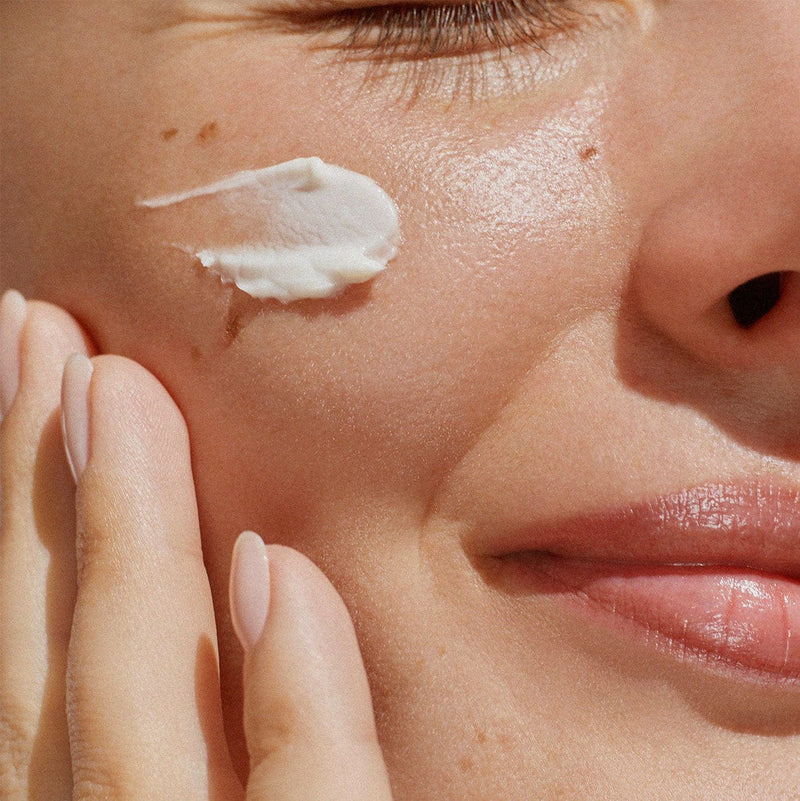

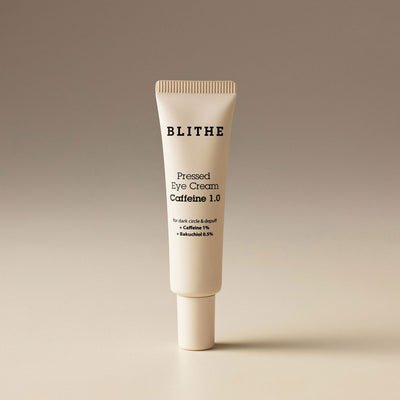
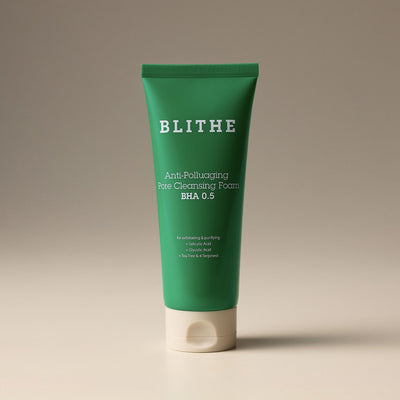
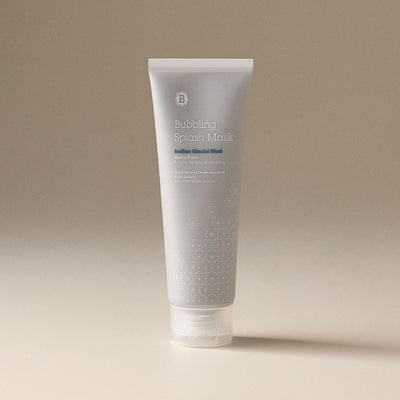
Leave a comment